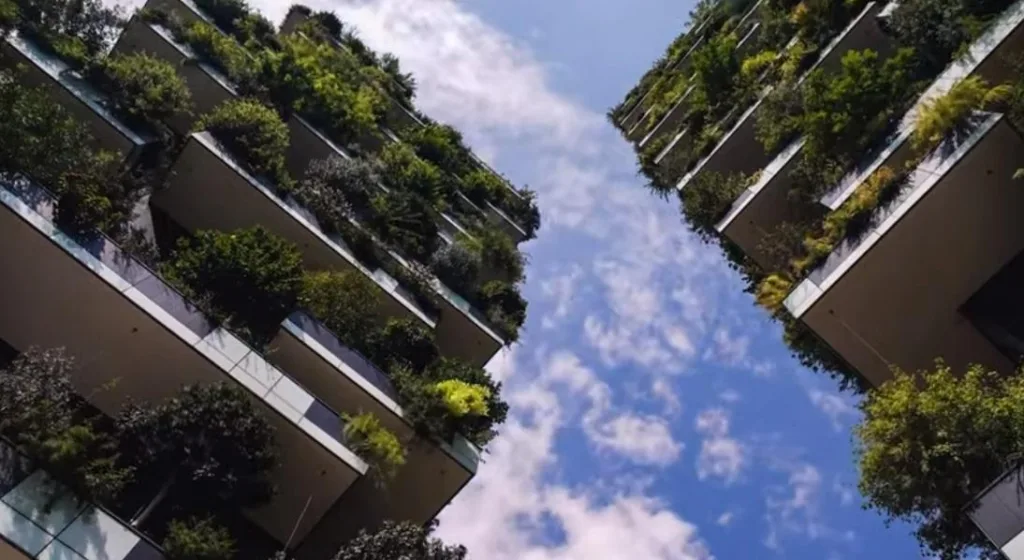The U.S. Green Building Council (USGBC) announced today the launch of LEED v5, updating its flagship LEED (Leadership in Energy and Environmental Design) green building system for rating with a sustainability-focused building standard.
According to the USGBC, the new LEED system was developed with input from thousands of green building professionals, with the organization holding two public comment periods in 2024, and receiving more than 7,000 comments from LEED users globally to inform the final version of the rating system. The USGBC added that the new certification standard was designed to “respond to today’s most pressing challenges and the significant opportunities at the intersection of sustainability and buildings.”
The new green building standard focuses largely on decarbonization, which accounts for half of all points for LEED v5 certification, with the system targeting steps to deliver ultra-low-carbon buildings across areas ranging from operations and embodied carbon to refrigerants and transportation emissions.
The standard also considers factors affecting human and ecological health, including the health and well-being of occupants and the communities in which buildings are located, as well as strategies that limit environmental degradation and contribute to the restoration of ecosystems.
According to the USGBC, the new LEED v5 also focuses on resilience across the rating system, addressing both human and natural systems, with all projects required to complete climate resilience assessments to enhance awareness of hazards, increase transparency of risks, reduce vulnerabilities, and ensure long-term safety and sustainability, and LEED v5 offering strategies that can be incorporated at every stage of the building life cycle to reduce risk and enhance resilience once projects conduct their assessments.
Peter Templeton, President and CEO of USGBC, said:
“Since its public launch 25 years ago, LEED has profoundly impacted millions of people in cities and communities around the world. LEED v5 raises the bar, further defining and evolving best practices and giving stakeholders across the building industry clear pathways to address today’s challenges to our health, climate and communities.”

